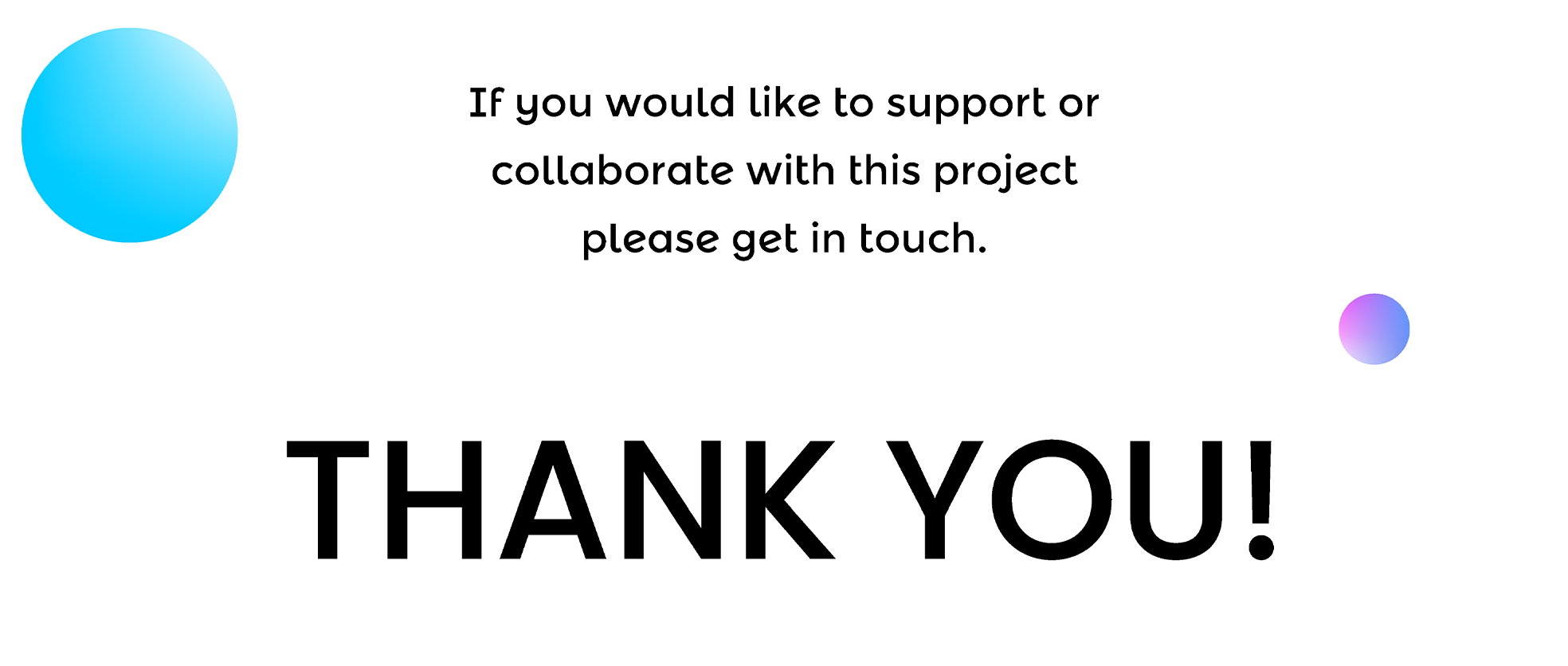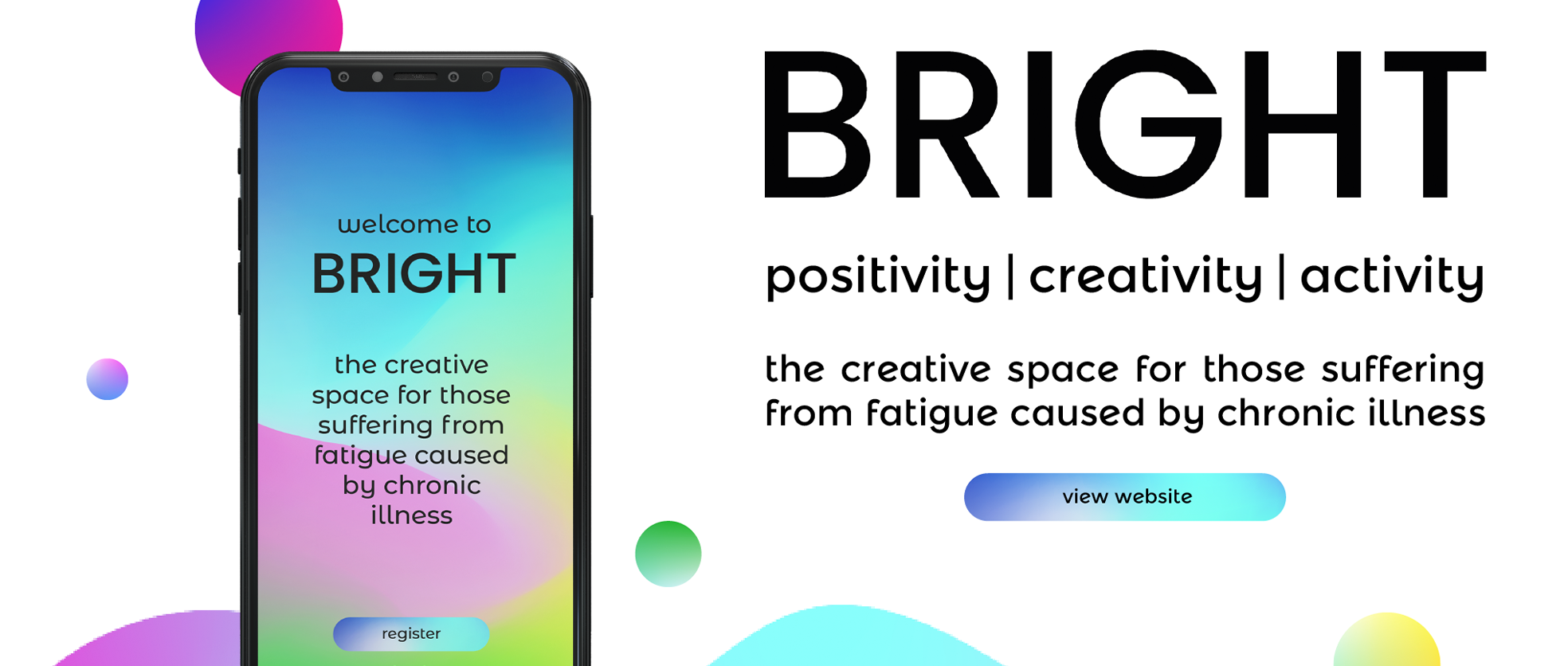I have gathered a range of feedback to use both for the development of my business plan and my brand identity document. For now, I will use this as a reference guide and continue to add relevant links, quotes, and documents.
Forbes – benefits of creativity – https://www.google.co.uk/amp/s/www.forbes.com/sites/ashleystahl/2018/07/25/heres-how-creativity-actually-improves-your-health/amp/
Creative flow – the phycological focus, where time goes by quickly, it’s proven to reduce heart rate and anxiety – https://en.m.wikipedia.org/wiki/Mihaly_Csikszentmihalyi “In positive psychology, a flow state, also known colloquially as being in the zone, is the mental state in which a person performing some activity is fully immersed in a feeling of energized focus, full involvement, and enjoyment in the process of the activity. In essence, flow is characterized[by whom?] by the complete absorption in what one does, and a resulting transformation in one’s sense of time.”
Harvard – creative thinking and the brain – https://www.health.harvard.edu/newsletter_article/creative-thinking-and-the-brain – https://www.pdfdrive.com/your-creative-brain-seven-steps-to-maximize-imagination-productivity-and-innovation-in-your-life-e165073574.html
Reduced depression and isolation (associated with dimentia) – https://pubmed.ncbi.nlm.nih.gov/16439826/
Adult colouring book trend – why it became such a fad – https://www.google.co.uk/amp/s/www.forbes.com/sites/adamrowe1/2018/05/31/if-the-adult-coloring-book-craze-is-dead-it-needs-a-postmortem/amp/
Creativity is good for your general mental well-being –
https://www.medicalnewstoday.com/articles/320947 – dealing with trauma – Drawing, painting, or molding objects from clay has been scientifically proven to help people to deal with different kinds of trauma. In a comprehensive article on The Connection Between Art, Healing, and Public Health, Heather L. Stuckey and Jeremy Nobel say that “[a]rt helps people express experiences that are too difficult to put into words, such as a diagnosis of cancer.” A]rtistic self-expression,” they continue, “might contribute to maintenance or reconstruction of a positive identity.”
Improving mental and physical health with creativity – https://www.lifehack.org/articles/lifestyle/how-being-more-creative-improves-your-mental-and-physical-health.html – Some experts equate the benefits of crafting-induced flow with the experience of meditation. It’s like a kind of “mental exercise” that helps regulate your attention and emotions. Whether you’re building furniture, making cute little dogs out of boiled felt, or restyling your wardrobe with origami coats, crafting can put you into a physical state of deep relaxation that alters your physical and emotional responses to stress.
- creativity with others – Many knitters and crocheters know that their craft offers stress relief, and those who do it frequently also reported higher cognitive functioning. Some of the greatest rewards of knitting can come from being in a group of fellow knitters. Studies show that people who are part of a knitting community report “greater perceived happiness” and improved social contact and communication with others, which is linked to improved mood and brain health.
***Due to isolation associated with both a flare of ibd and the fatigue caused from it, there is a great impact on our social lives. Those who take part in a knitting circle are reported to have “greater perceived happiness” and improved social contact and communication with others, which is linked to improved mood and brain health. ***
What is fatigue – Chronic pain
People with chronic pain may wake up frequently throughout the night. They may also wake up feeling tired and poorly rested, having been unable to get good quality sleep.
The combination of chronic pain and a lack of sleep can cause persistent tiredness and fatigue. – https://www.medicalnewstoday.com/articles/248002#causes
**Lack of due to inability to eat or food passing too quickly through the body means a lack of nutrients absorbed. **
- Common symptoms associated with fatigue can include:
- aching or sore muscles
- apathy and a lack of motivation
- daytime drowsiness
- difficulty concentrating or learning new tasks
- gastrointestinal problems, such as bloating, abdominal pain, constipation, or diarrhea
- headache
- irritability or moodiness
- slowed response time
- vision problems, such as blurriness
Creative illustration of how people are feeling during lockdown – https://www.bbc.co.uk/news/in-pictures-54463761




